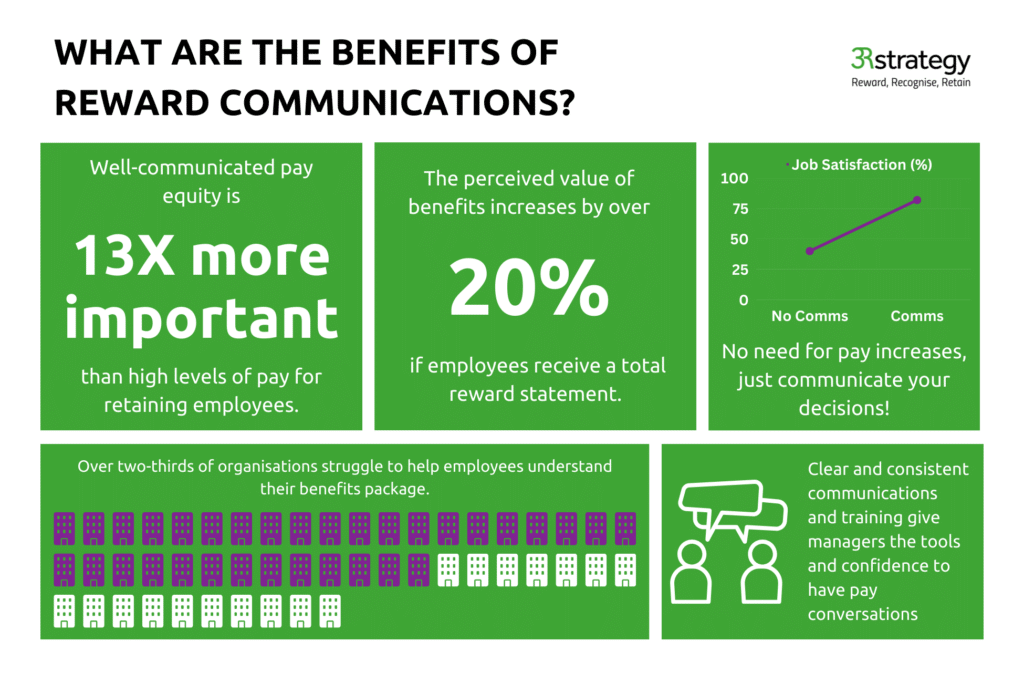Every organisation must ensure its employees are paid fairly. Regular pay reviews not only aid in recruitment and retention but also ensure fair and consistent treatment of employees. Most organisations conduct these annually.
Why Conduct a Pay Review?
Your main objectives for this process may vary depending on multiple factors. For instance, is the review aimed at acknowledging extraordinary performance in the past year? Or does it reflect the individual contributions and skills of the employees?
You also need to decide who is eligible for a pay increase. Are all employees considered, or are new recruits and recently promoted personnel excluded?
Defining the purpose forms the foundation of your pay review process, guiding you in creating a comprehensive pay policy.
Building the Budget
The next step involves crafting a business case for your budget. This requires gathering data on various factors, depending on the objectives of the pay review.
Market Competitiveness
How do your salaries compare to the external market? Establishing your preferred market position, such as median or upper quartile, and determining where you currently stand is crucial.
Cost of Living
If your policy is to adjust salaries in line with the cost of living, you need accurate data to make informed decisions.
Internal Equity
Carrying out an equal pay audit can highlight any internal equity concerns. This is not only important legally but also demonstrates your dedication to treating employees fairly.
Strategic Plans
Your business and HR strategies should factor into the budgeting process. Whether you aim to retain top talent or recruit new people, your strategies should align with your pay review process.
Voluntary Turnover
Understanding your voluntary employee turnover can help justify a higher salary budget. Most organisations report it being easier to get approval for a new recruit’s pay than an existing employee.
Data Gathering
Gathering and ensuring the accuracy of employee data for the annual pay review process can be a challenge. Close collaboration between the HR team and line managers is essential.
Performance-Linked Pay
If your organisation links pay to performance, ensure all leaders have conducted performance reviews with their teams. Having a process to support leaders with as much information as possible can help them make better pay decisions.
External Benchmark Data
If you use external benchmark data as part of your annual pay review process, include it in your pay review template. Providing external benchmark data can be done through a job evaluation process or by designing a pay structure based on job level or responsibilities.
Guiding Leaders
Engaging in pay conversations can be difficult, but doing so helps build strong, trusting relationships. However, many leaders are unprepared to talk about pay with their employees.
Blame is often shifted onto HR when managers don’t have the answers or are dealing with disgruntled individuals.
It is important for HR to define the purpose of the annual pay review, but it is also crucial that this is communicated clearly to leaders. Leaders will be responsible for making pay decisions and in order to do this, they need a clear understanding of why you have a pay review process, so that informed decisions can be made consistently across the organisation.
Even if everyone in the organisation were to receive the same pay increase, leaders should have a clear understanding of how the pay review budgets are set and the rationale behind the pay increase. This enables them to have meaningful conversations with their teams rather than simply handing over a letter from HR.
An organisation may have a fair and well-planned pay review process, but still encounter undesirable outcomes if this is not communicated properly to leaders and employees. Therefore, it is important to put together a communication strategy and prepare all of your material in advance to keep everyone informed.
Communicating With Employees
Research conducted by US company Josh Bersin reveals that effectively communicating pay equity is 13 times more important for retaining and engaging employees than offering higher levels of pay.
A well-planned communication strategy and timeline can prevent conflicts and perceived unfairness.
Consider the following in your communication strategy:

We all learn and consume information in different ways. Offering a range of communication materials will give your team members equal opportunities to develop a clear understanding.
This could be done via visual one-page documents, FAQs, employee guides and explainer videos.
Our reward comms team can help you produce branded deliverables tailored to your message and purpose while ensuring they are as clear for employees as possible.
Conclusion
Conducting a pay review requires careful planning and execution. It’s a delicate process that, when done correctly, can foster trust with your employees. With the right tools and guidance, your organisation can navigate the pay review process effectively and efficiently.
If you’d like more support with this or have any questions about our services, get in touch today.

